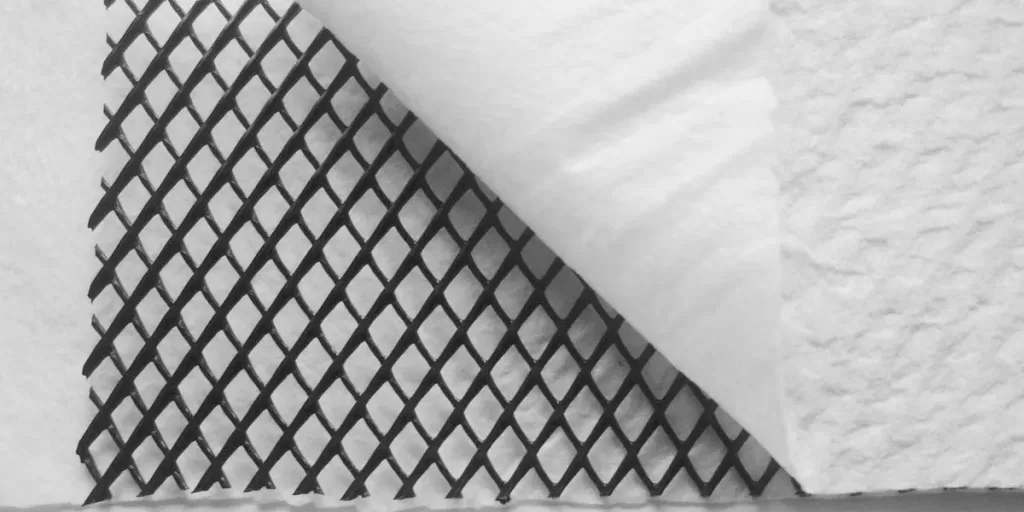+86-159 9860 6917
info@geofantex.com
geofantex@gmail.com
+86-400-8266163-44899
Geonets are innovative materials widely used in construction for managing water flow and enhancing soil stability. Made of high-density polyethylene (HDPE) or similar durable materials, geonets are designed to channel water efficiently, preventing erosion and structural damage. This article explores the concept of geonet water flow, answering key questions about how geonets work, their applications, and why they are essential in projects requiring effective drainage and stability.
What is geonet water flow, and how does it work?
Geonet water flow refers to the movement of water through the spaces within the geonet structure. Geonets are three-dimensional, mesh-like materials designed to channel water horizontally. When used in drainage systems, geonets create a controlled pathway for water, allowing it to flow away from structures, reducing pressure on the surrounding soil, and minimizing erosion risks.

How is geonet used to control water flow in construction?
Geonets are often installed as part of drainage systems under structures like roads, retaining walls, and landfill liners. When positioned between soil layers, geonets act as a drainage layer, channeling water to designated collection points. This prevents water from pooling, reduces soil saturation, and protects the stability of nearby structures. By controlling water flow, geonets help maintain soil integrity and prolong the lifespan of construction projects.
What are the key benefits of using geonets for water flow management?
Geonets offer several benefits, including efficient water drainage, erosion control, and load distribution. By promoting water flow away from structures, geonets prevent water buildup that could lead to structural damage. They also reduce the risk of soil erosion, making them essential in slope stabilization. Geonets are low-maintenance, long-lasting, and environmentally friendly, as they help reduce soil displacement and minimize the need for frequent repairs.
What types of projects commonly use geonets for water flow management?
Geonets are widely used in civil engineering, particularly in road construction, retaining wall stabilization, and landfill management. In roads and highways, geonets are placed under pavement layers to channel water away, maintaining the road’s stability. In landfills, geonets aid in leachate drainage, helping contain contaminants. Geonets are also used in erosion-prone areas, such as slopes, where they prevent soil washout by managing water flow effectively.
Geonet water flow plays a crucial role in construction and environmental projects by providing effective drainage and reducing soil erosion. By channeling water away from structures, geonets help prevent structural damage, control contaminants, and support sustainable building practices. Whether used in roads, landfills, or slope stabilization, geonets offer a durable, efficient solution for managing water flow and enhancing soil stability. Selecting the right geonet and ensuring correct installation are key to maximizing its benefits, making geonets an essential component in modern construction.



Get Free Sample
We’ll respond as soon as possible(within 12 hours)






















